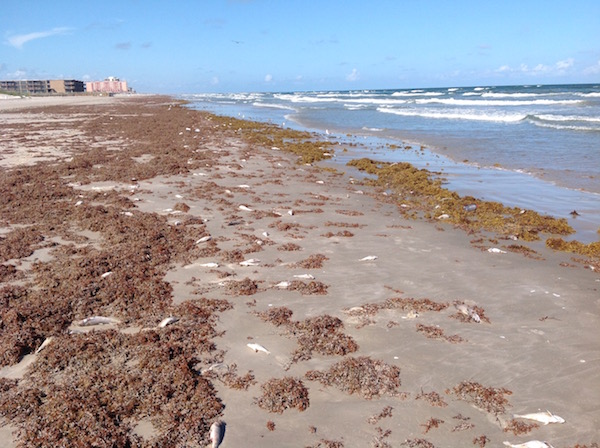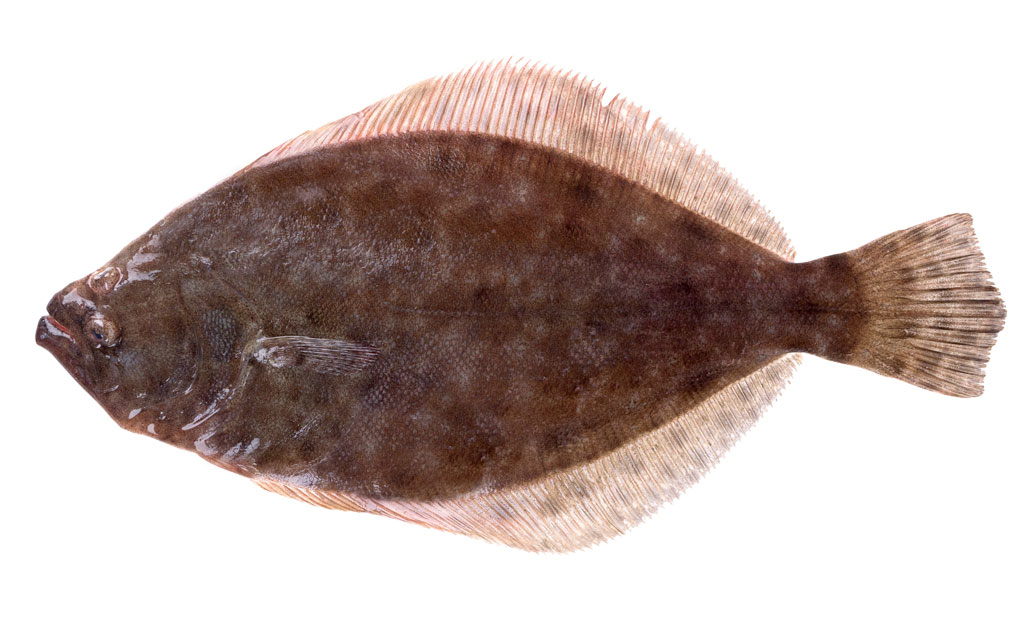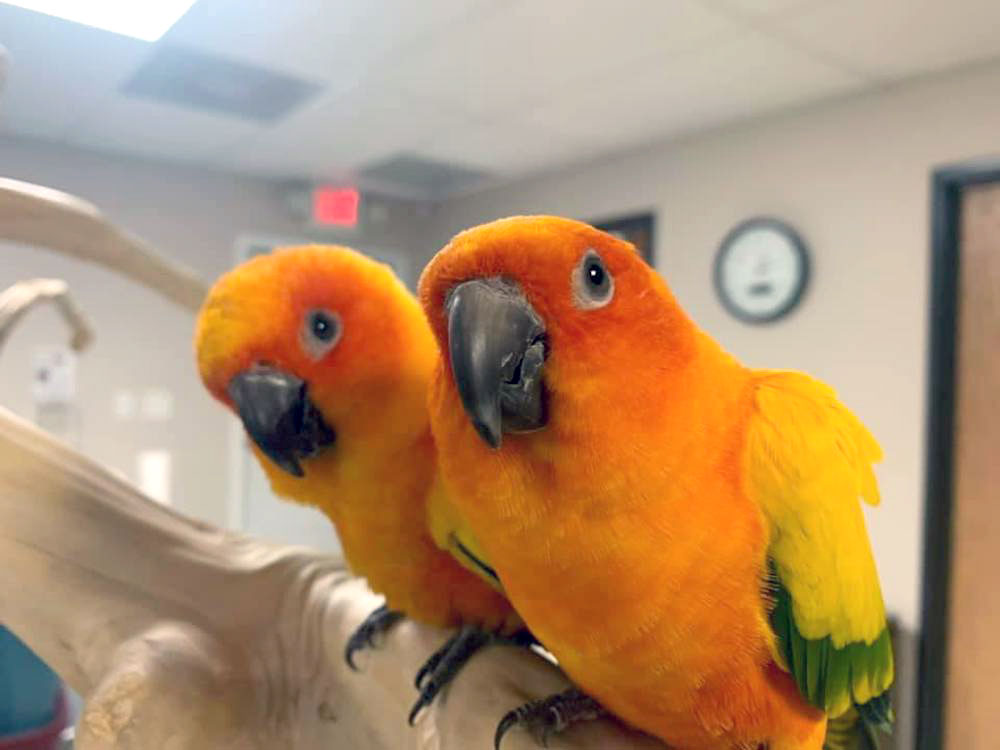
Dead fish and sargassum washed up along Padre Bali Beach in Corpus Christi Sept. 17, 2015. Photo by Suzanne Freeman
Pets should stay off the beach during red tide events, warn officials at the Padre Island National Seashore, where dogs are normally welcome.
“There are times when it is not good for your pet to be on the beach,” read a Facebook posting Sept. 18. “A red tide event, like the one we are experiencing right now is not a good time for your dog to be near the shore.”
Red tide is a harmful algae bloom (HAB) that produces neurotoxins and depletes oxygen in the water. The overgrowth causes a red shadow in the water and releases toxins that can cause illness in humans and other animals. The most common in the Gulf of Mexico is known as karenia brevis.
Local beaches are currently littered with dead fish and sea weed. National seashore experts released the following tips for animal safety on the beach:
• Do not let your dog dig into the sand or pick up/lick any item from the beach, including sticks, shells, carcasses, or trash. Any of these items is most likely contaminated with karenia brevis.
• Do not allow your dog to drink from the surf or from pools of water on the beach.
• A basket muzzle may keep your dog from picking up items from the beach, however most basket muzzles are designed to allow a dog to drink or lick, which could lead to exposure. Other muzzle types are not recommended.
• If you suspect that your dog has picked up or licked any item on the beach, rinse its mouth with copious amounts of fresh water.
Signs of toxic exposure include excessive drooling; vomiting; lethargy or reluctance to move; decreased appetite; weakness in any limb or an inability to hold the head up normally; head or body tremors, seizures, or other abnormal neurological signs; respiratory difficulty; any other behaviors or physical signs that you feel are abnormal for your dog
If any of the above signs appear, pet owners are cautioned to contact a veterinarian.
“Keep in mind that dogs showing the above signs may be ill from causes other than brevetoxin exposure,” said the posting. “Some of those causes can be equally serious.”:
Red tide is common along the gulf coast in late summer and early fall. It can last anywhere from a few weeks to a few months. The HAB usually dissipates when the weather changes.
Humans with respiratory conditions should also avoid the beaches, according to Padre Island National Seashore. They can be affected by coughing, sneezing and teary eyes. If your skin is easily irritate or you have eczema, you should avoid getting into the water during red tide.





